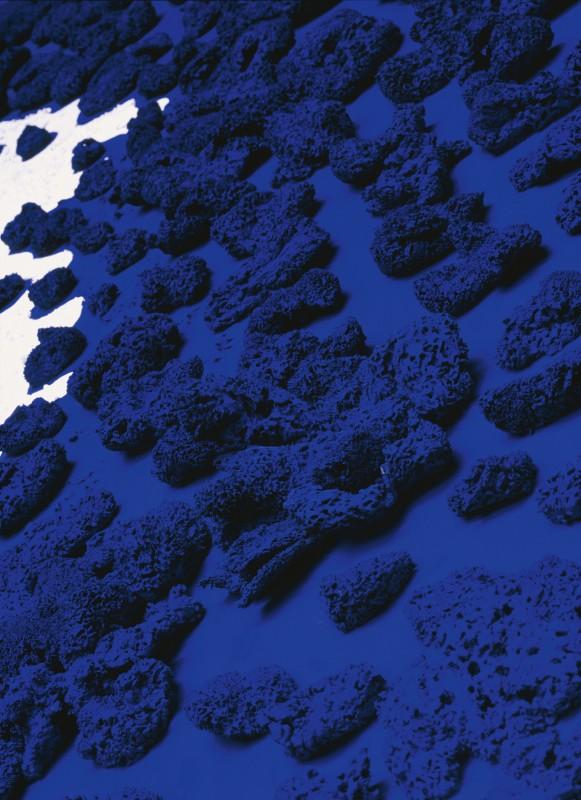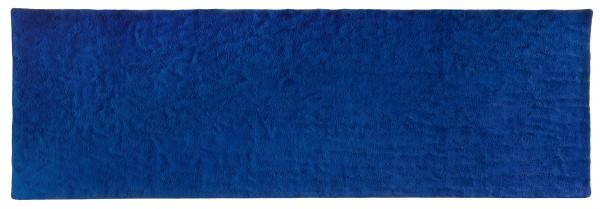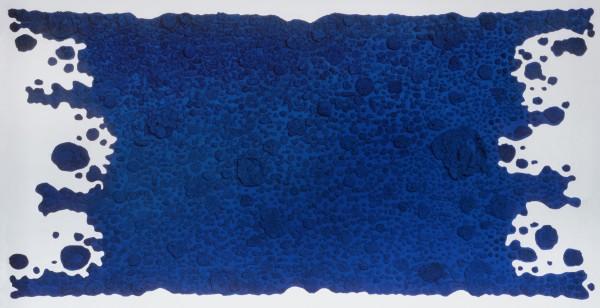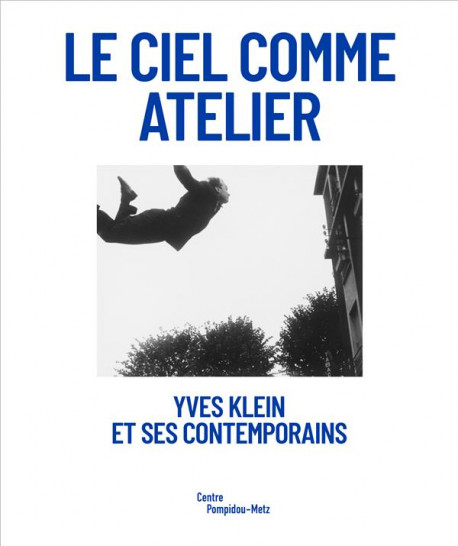At the time of his exhibition at the Galerie Schmela in Düsseldorf in May 1957, Klein made contact with the members of the ZERO group, including Norbert Kricke. Kricke invited him to take part in a competition for an artistic intervention at the opera-theatre in Gelsenkirchen.
Werner Ruhnau, the architect for the project, had met Klein in Paris a month earlier at the ‘Norbert Kricke’ exhibition at the Iris Clert gallery, and a year after he had been commissioned by the theatre and opened his own agency. At the time very close to the ZERO group and seeking to define the precepts of ‘non-architecture’, Ruhnau joined the Groupe d'études d'architecture mobile (GEAM), founded by Yona Friedman, that year. The meeting with Ruhnau led to a proposal to install large reliefs in the theatre's main foyer, which opened onto the street through a large bay window providing transparency over the entire building.
The glass wall of this architecture, still strongly influenced by Ludwig Mies van der Rohe, offers total visibility of the interior circulation - a system of walkways and staircases at different levels - and provides a vast volume where bodies seem carried and suspended in an atmosphere bathed in bluish light.
Klein worked with Rotraut to create the ‘Reliefs Éponges’, detached from the wall in the same way as the monochromes, in order to accentuate the autonomy of colour. The monumental IKB surfaces blur boundaries to define an atmosphere; architecture must be physically transfigured, absorbed by its surroundings in this ‘non-architecture’. The result was an authentic immaterial space, followed by the study for a Temple of the Elements (1957): a café close to the theatre, into which was integrated a device combining the energy of air, water and fire.
extract from the text by Frédéric Migayrou, art critic, ‘Architectures du corps intensif’, catalogue for the exhibition ‘Le ciel comme atelier - Yves Klein et ses contemporains’ presented at the Centre Pompidou Metz in 2020.



